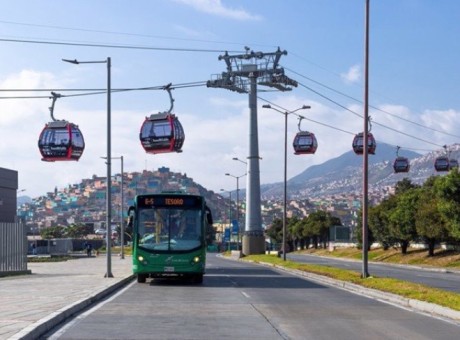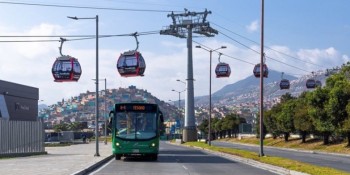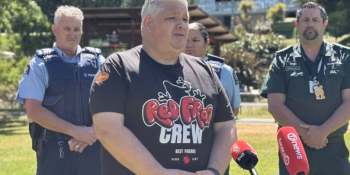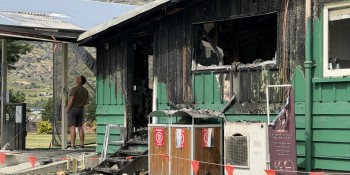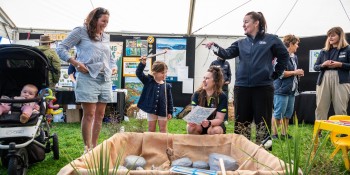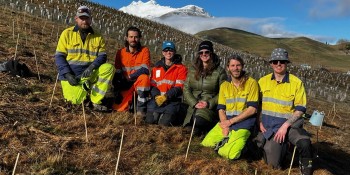QLDC's missing $15m putting pressure on transport network

The Queenstown Lakes District Council has been left close to $15 million short after central government announced its transport spending priorities last week.
It means major projects, minor improvements and even winter gritting are all at risk across the district from a lack of funding.
Among the specific projects rejected by the government, a new crossing of the Shotover River at Arthurs Point and Lake Hāwea's Capell Avenue extension to connect with Cemetery Road.
The council has $3.21 million against early work on the Arthurs Point Bridge in its own upcoming spending plan, with $1.57 million of it assigned to the council. It asked the government for the remaining $1.64 million, and received $20,000.
In Lake Hāwea, it was hoped the government would stump up $1.78 million to match the ratepayers' $1.71 million contribution to the $3.49 million Capell Avenue project. The council received nothing.
The news was delivered to the mayor and councillors at a workshop at council chambers in Queenstown on Tuesday, and it is fair to say it was a somber affair.
A string of council staff members delivered blow after blow detailing how the government's three year National Land Transport Programme fails to deliver the money they had been anticipating to help support transport priorities falling within their remits.
There will be serious flow on effects for the council's own Long Term Plan, which guides spending and how it is paid for in the decade ahead, due to be signed off in weeks and already consulted on.
Council staff indicated they had not had sufficient time as yet to analyse the new outlook, but they provided a straightforward table summing up the "funding requested versus the funding we got" for the three years ahead - and it included plenty of figures in the red.
The government has not been quiet about the fact that it has set a new direction for land transport since taking office, so the lack of support for public and active transport in their spending programme may have come as little surprise.
But council staff appeared to be blindsided at the government choosing to sideline local projects that had seemed to be a good fit for Wellington's flagged priorities - investment to support economic growth and productivity, and to build resilience into the transport network.
For example, "slope instability" issues identified by the council on the Crown Range and at Bennetts Bluff on the road to Glenorchy, both key commuter and tourist routes, failed to receive funding support.
However, the biggest budget blowout falls to 'minor improvements', where the council assumed a government contribution of $7.51 million to match ratepayer spend of $7.22 million for the three year period. Instead, they got a little more than $600,000 - and all of it to go towards the Ballantyne-Riverbank Road project already underway in Wānaka.
The council will need to pull back spending on active and public transport too, or find money elsewhere for such projects, after the government declined to spend $720,000 and $1.42 million on each respectively.
Another loser, footpaths, with the council receiving $70,000 of the $270,000 it wanted from the government to simply keep on top of its current programme of renewals.
Staff warned there are also serious implications for service levels - with 'opex', or operational spending, impacted alongside 'capex', or capital spending.
There is now insufficient funding in the budget until 2027 to keep up "environmental maintenance" - things like applying CMA (Calcium Magnesium Acetate) and grit on winter roads or gardening to keep vegetation clear of roads and paths - and respond to unexpected and inevitable "minor events", like slips after storms.
The council is now faced with having to do its own "reprioritising" with staff saying this process will be driven by the Infrastructure Committee, where some tough decisions will need to be made.
Commentators have criticised the government's $33 billion National Land Transport Programme for focusing $8.4 billion of spending on Auckland alone, more than twice as much as for the entire South Island, which was allocated $3.9 billion - $1.4 billion of it for Southland and Otago.
At the conclusion of the workshop, councillor Gavin Bartlett wryly joked the "upside is when we go on holiday to the North Island we will have nice roads to drive on".





